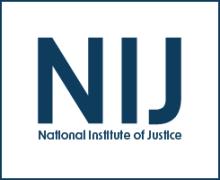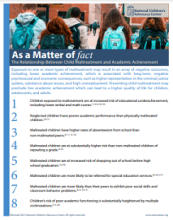Criminal justice systems
Juvenile Recidivism: An Examination of State Measurement Strategies
An Examination of Body-Worn Camera Digital Evidence Management (DEM) Strategies
Evaluation of Ongoing Crisis Intervention Team (CIT) Training for Law Enforcement Using the ECHO Model
Evaluation of Ongoing Crisis Intervention Team (CIT) Training for Law Enforcement Using the ECHO Model
The Evolving Character of Public Defense: Comparing Criminal Case Processing Effectiveness and Outcomes Across Holistic Public Defense, Traditional Public Defense, and Privately Retained Counsel
The Evolving Character of Public Defense: Comparing Criminal Case Processing Effectiveness and Outcomes Across Holistic Public Defense, Traditional Public Defense, and Privately Retained Counsel
As a Matter of Fact: The Relationship Between Child Maltreatment and Academic Achievement
Helping Identify Potential Drug-Related Deaths: What to Tell the Coroner or Medical Examiner's Office
New Programs for and Approaches to Justice System Challenges: Case Studies of the Justice Reinvestment Initiative in Arkansas, Louisiana, Oregon, and Pennsylvania
The Role of Bullying-related Policies: Understanding How School Staff Respond to Bullying Situations
The Role of Bullying-related Policies: Understanding How School Staff Respond to Bullying Situations
Tribal Crime, Justice, and Safety (Part 1)
Research indicates that Native American persons experience crime victimization at higher rates than non-Native people. Furthermore, the unique position of American Indian and Alaska Native tribes as both sovereign nations and domestic dependents of the U.S. creates jurisdictional complexities in responding to crime, justice, and safety. Senior social and behavioral scientist Christine (Tina) Crossland discusses NIJ’s research on these topics, especially on the prevention of violence towards American Indians and Alaska Natives. Communications Assistant Stacy Lee Reynolds hosts.








